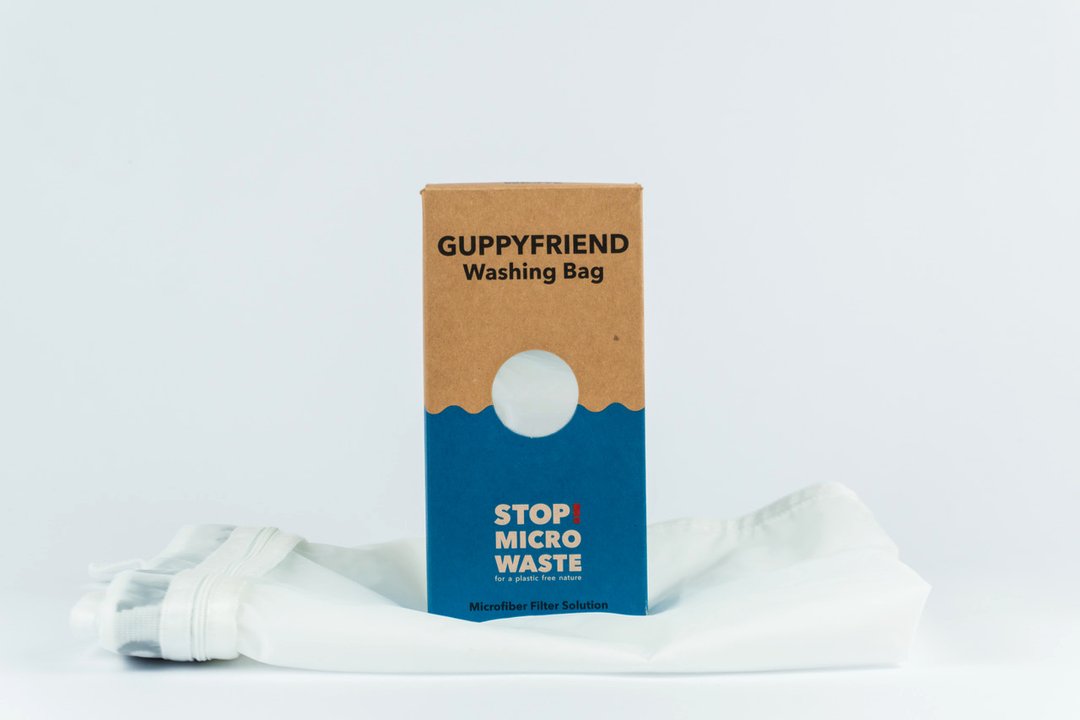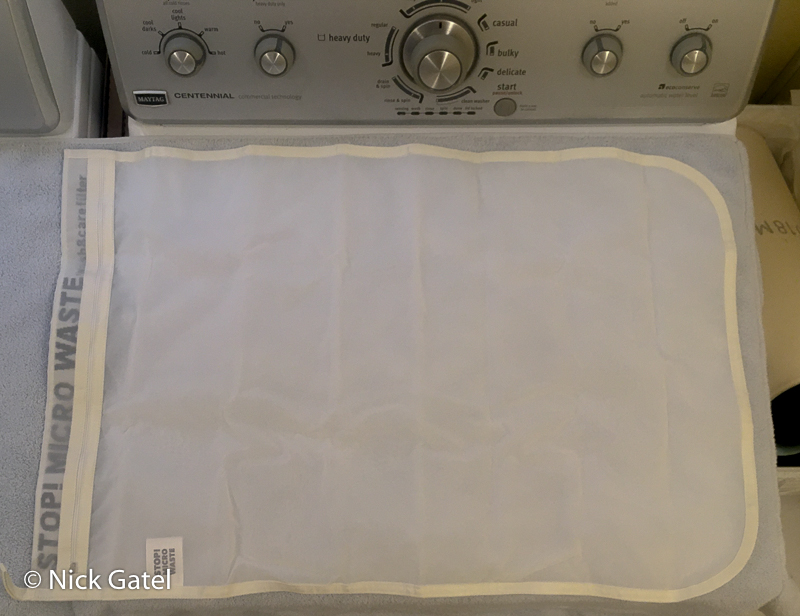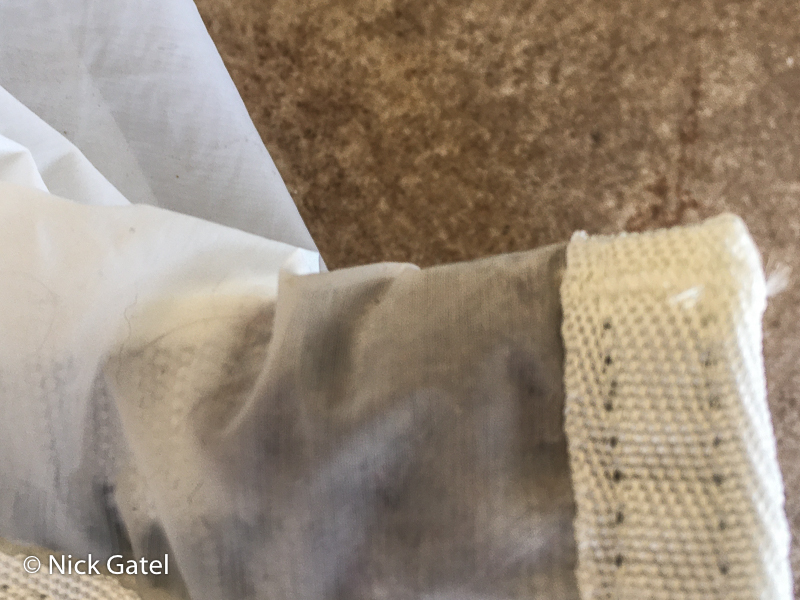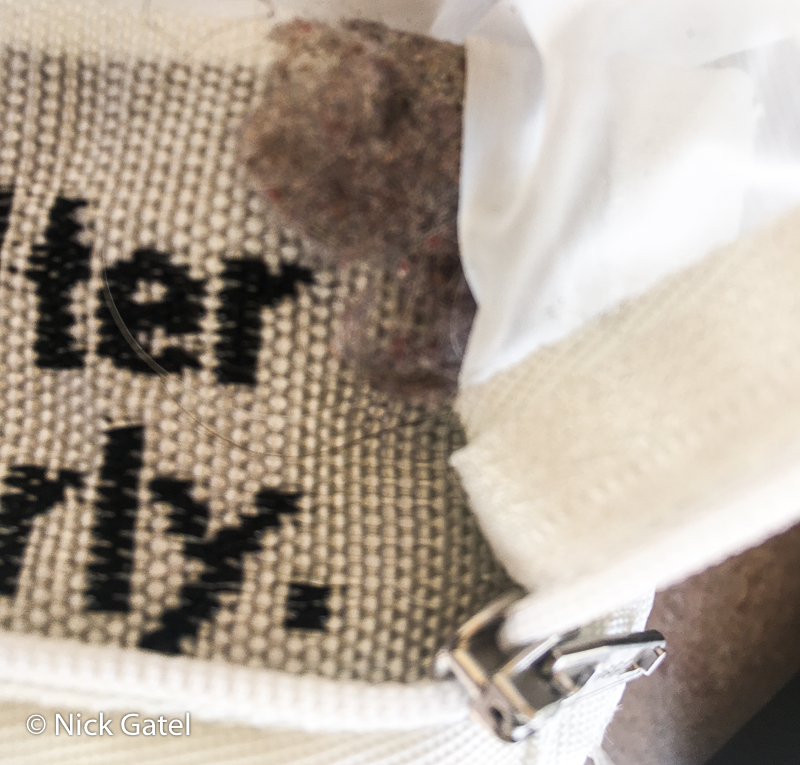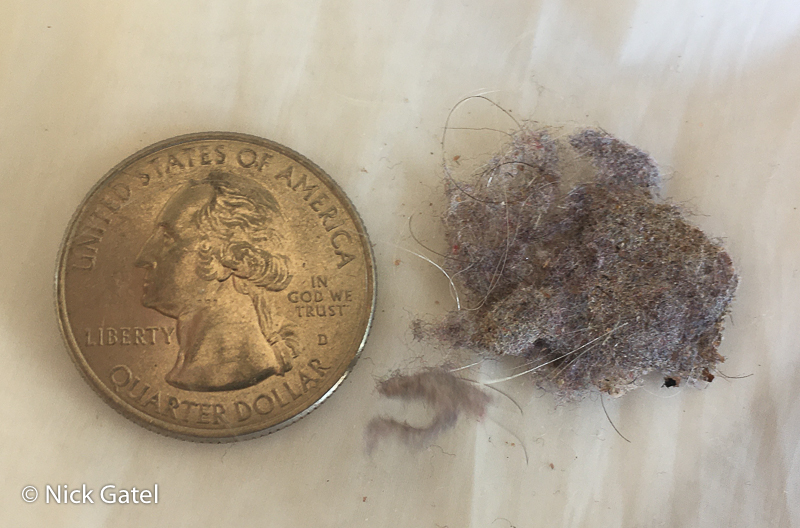So now we have apparently discovered another pollutant endangering our planet — synthetic microfibers. Is this a real problem?
This 2016 article from The Guardian lays out the problem. Is this particular report factual and are the scientific research results accurate? I don’t know.
Unintended Consequences
I have written several times about the company Patagonia. In this post I detailed Patagonia’s influence and leading edge technology in outdoor clothing. Apparently Patagonia thinks microfiber pollution is a problem and they are spending considerable time and money to address it.
Of course, as consumers, we need to view these things with a critical eye. Often times corporate efforts are just marketing ploys. I don’t think this is the case with Patagonia.
So, I won’t post a lot of facts and figures about microfiber pollution. You can do that yourself. Nor will I defend or criticize Patagonia. I’ll let them speak for themselves:
Teaming Up to Get to the Bottom of Microfiber Pollution
An Update on Microfiber Pollution
What We’re Doing About Our Plastic Problem
What You Can Do About Microfiber Pollution
What We Can Do As Individuals
First, we have to decide if this is a problem.
What I do see with many issues is too folks just sit back and say the Government needs to do something. They want someone else to do something because they do not want to be inconvenienced. So if a person thinks microfiber pollution is a serious problem, then THEY need to be part of the solution, not someone else.
Patagonia and other experts say there are three things we can do:
- Wash synthetics less often
- Replace a top loading washer with a front loader
- Filter the particles out of the water
Number one and three are fairly simple and inexpensive. A new washing machine is expensive and then your old one has to disposed. However front loaders use less water and are more energy efficient. The down side is front loaders are more expensive to repair.
The Guppyfriend Washing Bag
From what I have read synthetic materials such as acrylic, polyester, and nylon comprise about 60% of the clothing material worldwide. Not to mention the towels, wash cloths, blankets, comforters, etc. that contain these synthetic materials. These are the materials that produce the microfibers of concern.
It is stated that Guppyfriend is a non-profit operation, if that matters to you.
This is a fine mesh bag that captures microfibers. Once captured they can be disposed of in your regular trash, which ends up in landfills, or you can put them in your recycling bin. Whether or not they can or will be recycled I don’t know.
I checked several brands of these washing bags and it seems the Guppyfriend has the smallest pores and captures the most microfibers. So I bought one from REI to see if it works. I paid $34.95, plus I will get a 10% dividend back.
The Guppyfriend is about 29 inches X 20 inches. The instructions say to fill it about half full. You can wash other items, such as cotton, in the same load outside of the bag. So if you want to do a full load of synthetics, you would probably need around three of these bags, which is around $100.
I decided to wash my really old Patagonia R-2 jacket, since it was getting kinda stinky anyway.
The jacket only took up about 25% of the bag’s capacity, so I fluffed it out a bit.
After washing, I wasn’t impressed. I couldn’t see any fibers in the seams of the bag or on the surface.
I thought about doing another larger load of synthetics, which meant I would have to wash clean clothes and waste a bunch of water and electricity. Instead, I went to the Guppyfriend website and found that most of the fibers collect on the strip just under the zipper of the bag. So I took a closer look.
Yep, it was all collected there.
On garment produced about a quarter-sized clump of microfibers plus a few hairs from my beard. Add up a year’s worth of washing, and it is a sizable amount.
So the Guppyfriend works.
Here’s a video:
https://www.youtube.com/watch?v=26tyzk3sFBs
If you think microfibers are a threat to the environment, then buy a Guppyfriend. If you don’t think they are a threat, then don’t buy one. It’s up to you.
You can purchase the Guppyfriend from these retailers
This website may be compensated for linking to other sites for sales of products.
